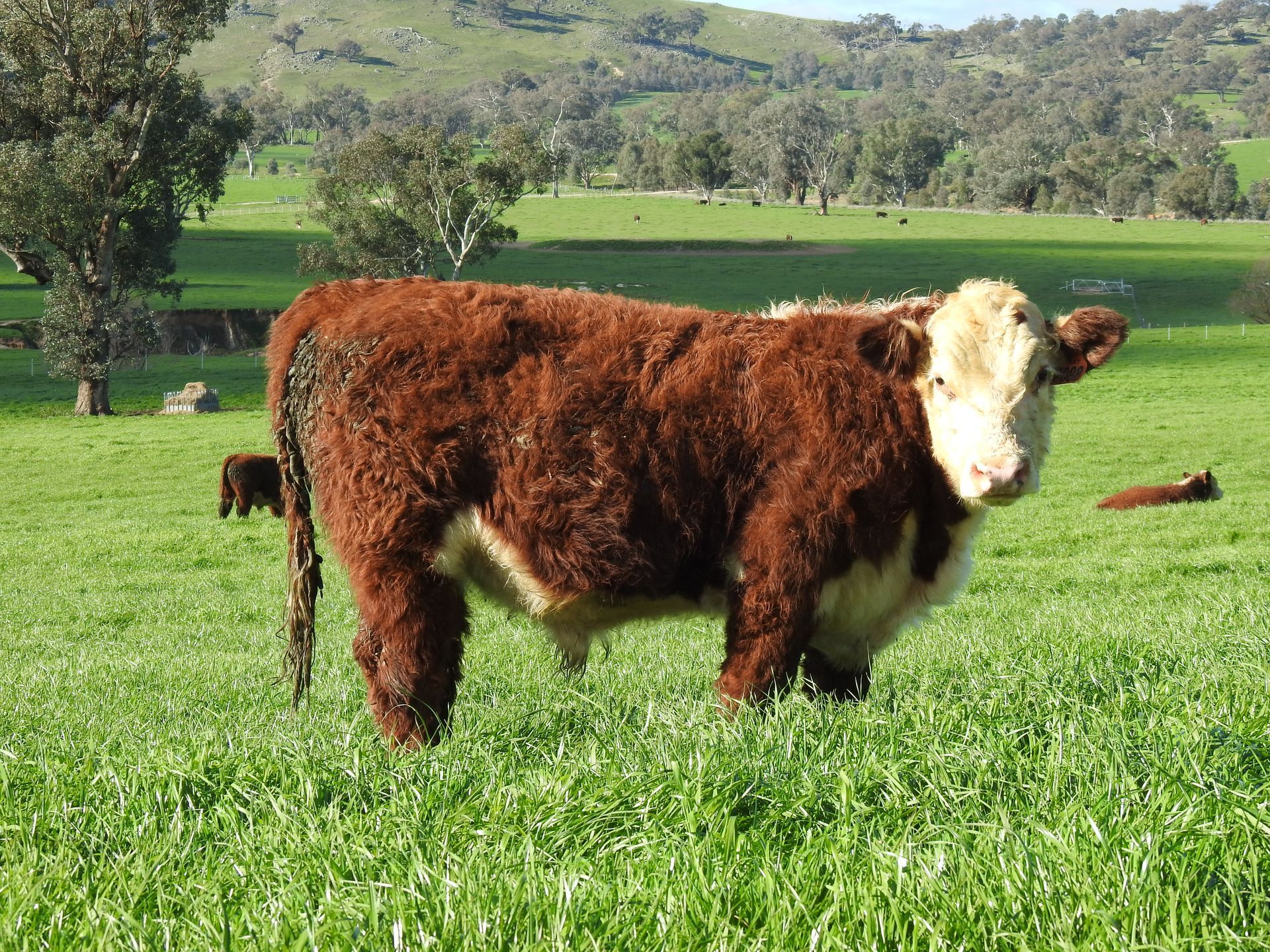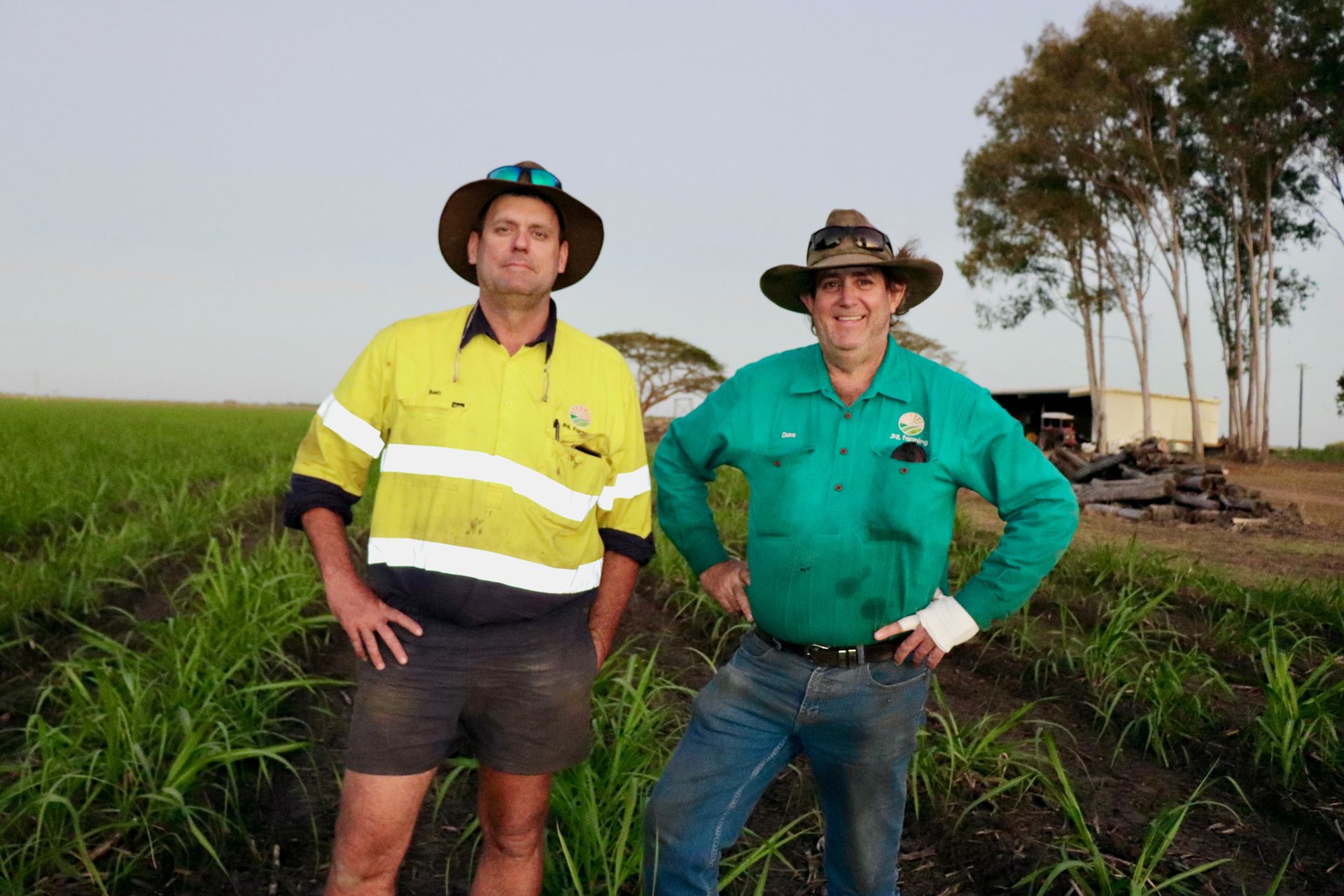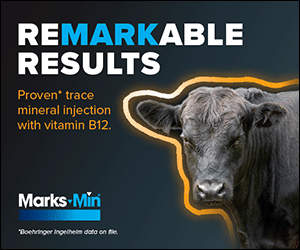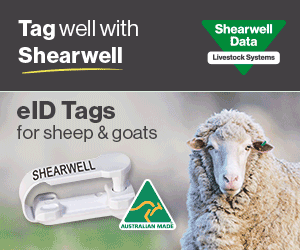1MG FlippingBooks
Trace elements: They continue working, even when you’re not!
Trace elements play a crucial role for Australian livestock producers. Long-Acting trace element bolus improves productivity, fertility, health and profitability. One dose, complete peace of mind.

Introduction
Efficient and sustainable livestock production is essential for meeting the growing global demand for animal protein. The performance of cattle and sheep depends not only on good-quality feed and management practices but also on adequate trace element nutrition. Trace elements such as copper, selenium, cobalt, iodine, and zinc play crucial roles in maintaining the health, reproduction, and productivity of livestock. However, deficiencies are common in many Australian soils and pastures due to geographical and climatic factors. Long-acting trace element supplementation has emerged as an effective strategy to ensure optimal nutrition and overcome the challenges associated with trace element deficiencies. Let’s explore the importance and benefits of long-acting trace element supplementation in cattle and sheep production in Australia.
Trace Elements and Their Role in Livestock Health
Trace elements are micronutrients required in small quantities but are essential for numerous physiological processes in cattle and sheep. Their roles include enzyme activation, immune system function, reproduction, growth, and energy metabolism. For example:
- Copper is vital for bone development, immune response, and red blood cell production.
- Selenium protects cells against oxidative damage and supports immune function.
- Cobalt is necessary for the synthesis of vitamin B12, which is critical for energy metabolism and red blood cell production.
- Iodine supports thyroid hormone production, which regulates growth and metabolic activity.
- Zinc aids in wound healing, immune responses, and enzyme activity.
Deficiencies in these elements can lead to a wide range of health issues, including reduced growth rates, poor fertility, compromised immunity, and increased susceptibility to diseases. For instance, selenium deficiency is linked to white muscle disease in lambs, while iodine deficiency can lead to goiter and reproductive issues. Whilst a deficiency may present as an observable health issue in your animals, sub clinical deficiencies are wider ranging and harder to detect. Grazing animals in regions deficient in one or more trace elements will induce sub clinical deficiencies. Failure to address these deficiencies can reduce both production potential and profitability for livestock producers.
Challenges in Addressing Trace Element Deficiencies in Australia
Australian soils are some of the oldest soils in the world and have been depleted and leached of nutrients for thousands of years. Most of our grazing regions and pastures lack adequate levels of essential trace elements, primarily due to soil type, climate, and intensive agricultural practices. Deficiencies are most pronounced in regions with sandy, acidic, or leached soils, such as our coastal regions of the northern states and most of our southern animal production areas. Additionally, livestock requirements for trace elements can vary depending on factors such as breed, age, physiological stage, and environmental stressors.
Traditional supplementation methods, such as oral drenches, mineral blocks, and feed additives, have a number of limitations:
- Inconsistent Intake. Livestock may not consume adequate quantities of supplements, especially when offered in free-choice mineral blocks or licks.
- Short Duration of Action. Many traditional supplements require frequent reapplication, significantly increasing labour input costs and management efforts.
- Seasonal Pasture Variability. Grazing on deficient pastures during specific times of the year can exacerbate deficiencies, leading to production losses and reduced profitability.
These challenges underscore the need for more reliable and efficient supplementation methods to ensure consistent and sustained trace element delivery.
Long-Acting Trace Element Supplementation: A Game-Changer
Long-acting trace element supplementation involving the use of slow-release bolus technology provides consistent levels of trace elements over an extended period, making them highly effective in addressing the unique challenges presented to Australian livestock producers. Individual treatments, ensuring each animal is receiving a consistent daily supply of the targeted trace minerals required for optimal animal production.
Pacific Biologics are the market leader and now distributes a wide range of nutritional boluses for both cattle and sheep producers in Australia. Utilisation of a long-acting bolus provides peace of mind that the one percenters are getting done, every day. A bolus will continue working for you, even when you stop for the day!
Benefits of Long-Acting Supplementation
- Sustained Nutrient Supply. Long-acting boluses provide a steady release of trace elements over weeks or months, ensuring livestock have consistent, unbroken access to essential nutrients. This reduces the risk of deficiencies during critical periods, such as breeding or peak lactation.
- Improved Productivity. By maintaining optimal trace element levels, long-acting supplements improve growth rates, feed conversion efficiency, wool quality, and milk production. Selenium supplementation, for instance, enhances fertility rates and reduces neonatal mortality in lambs and calves.
- Enhanced Animal Health. Adequate and consistent trace element levels strengthen the immune system, reducing susceptibility to infections and diseases. For example, copper supplementation helps prevent swayback in lambs, while zinc reduces the risk of footrot and skin conditions.
- Convenience and Cost-Effectiveness. Use of a long-acting trace element bolus will reduce the frequency of supplementation, saving time and labour costs. Although the initial investment may be higher, the sustained benefits and reduced need for frequent interventions make these supplements economically viable overactive life of the product.
- Adaptability to Extensive Systems. In Australia, many cattle and sheep operations are extensive, with animals grazing on vast rangelands. Long-acting supplementation is particularly beneficial in these systems, where frequent handling of animals is impractical and prohibitively expensive.
- Environmental Benefits. By improving the efficiency of nutrient use, long-acting supplements reduce nutrient wastage and environmental contamination. This aligns with the principles of sustainable agriculture.
Practical Applications in Australian Livestock Production
The use of long-acting trace element supplements in Australian livestock production has been demonstrated to enhance animal performance across diverse systems. Key applications include:
- Breeding Programs. Ensuring optimal trace element levels in breeding stock enhances fertility rates, embryo survival, and offspring vigour.
- Growth and Development. Young animals, particularly weaners, benefit from consistent nutrient supply, improving weight gain and reducing morbidity.
- Seasonal Challenges. During periods of pasture dormancy or drought, long-acting supplements mitigate the impact of nutritional stress, maintaining animal health and productivity.
- Pacific Biologics now offer a significant range of long acting bolus products, designed to meet the needs of all Australian producers.
Challenges and Considerations
While long-acting bolus supplementation offers numerous advantages, producers must consider certain factors to ensure success:
- Accurate Diagnosis. Regular testing of soil, pasture, and animal tissue is best practice to identify deficiencies and avoid over-supplementation, which can be toxic.
- Tailored Solutions. Different regions and production systems have differing requirements. By reviewing your needs you can best select the bolus that is best suited to meet your animal’s needs.
- Cost-Effectiveness Analysis. Producers must weigh the initial cost against the long-term benefits of improved health and productivity. By utilising APVMA (Australian Pesticides and Veterinary Medicines Authority) registered and approved bolus products, producers can have the confidence that those products are delivering and supported by significant trial data and years of clinical production trials.
Conclusion
Long-acting trace element supplementation represents a transformative approach to improving cattle and sheep production in Australia. By addressing trace element deficiencies in a consistent, efficient, and sustainable manner, these solutions enhance animal health, productivity, and welfare while reducing labour costs and environmental impact. As global demand for animal protein continues to rise, adopting innovative supplementation strategies will be crucial for the Australian livestock industry to remain competitive and sustainable. Ongoing research, education, and adoption of best practices will further amplify the benefits of this technology, securing the future of Australian agriculture.
Pacific Biologics
Website: www.pacificbiologics.com.au
Email: markjones@pacificbiologics.com.au
















